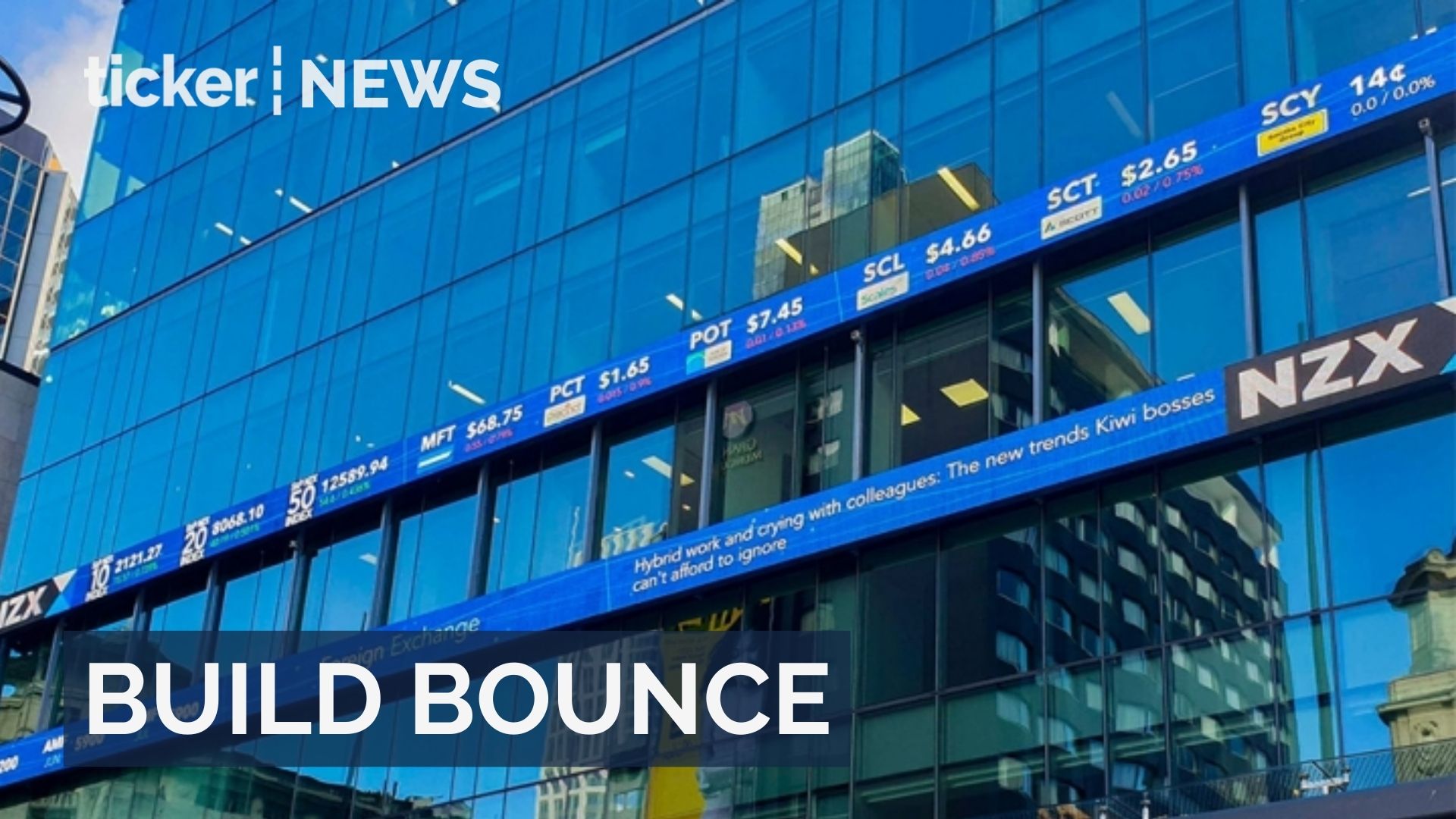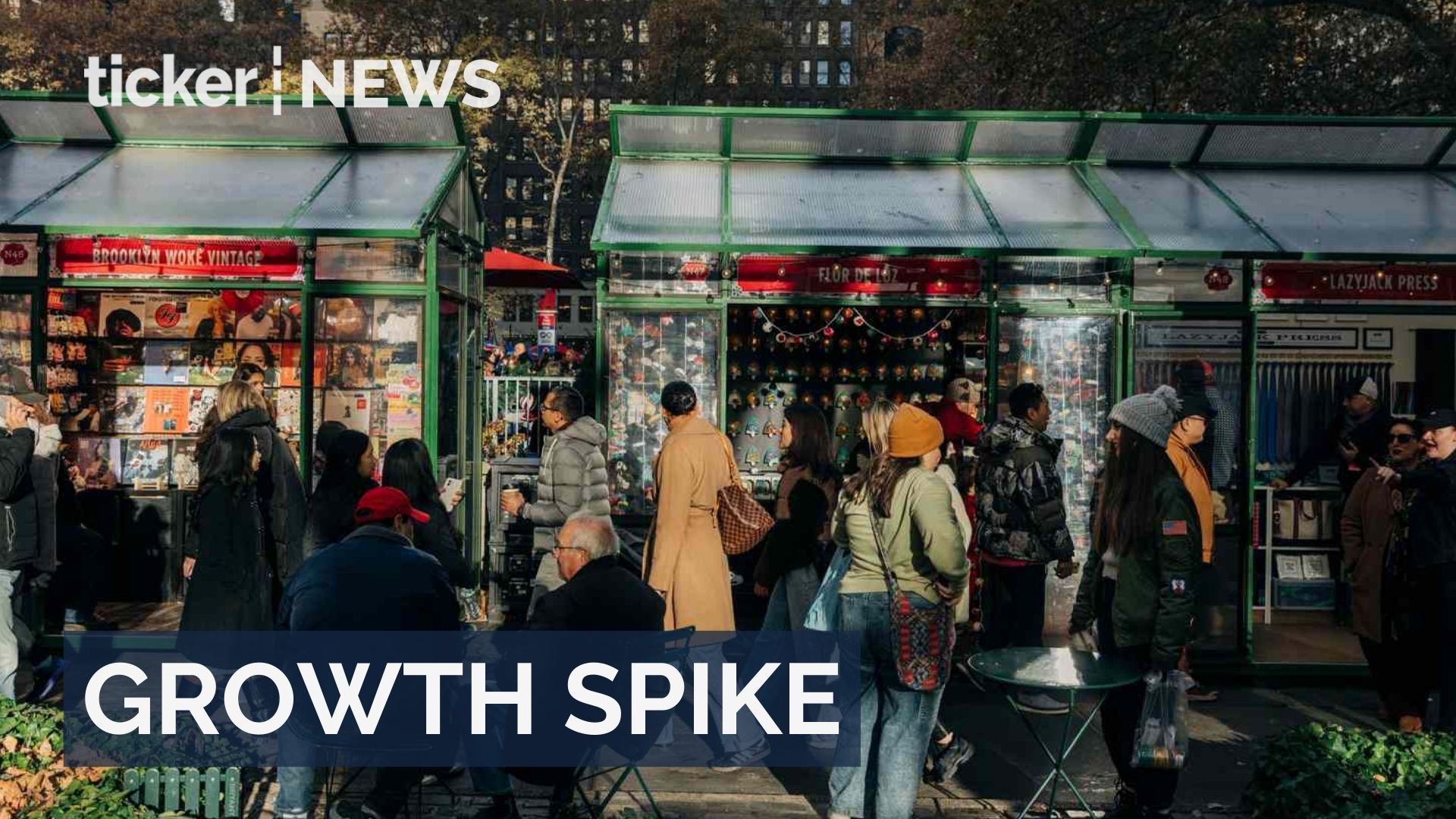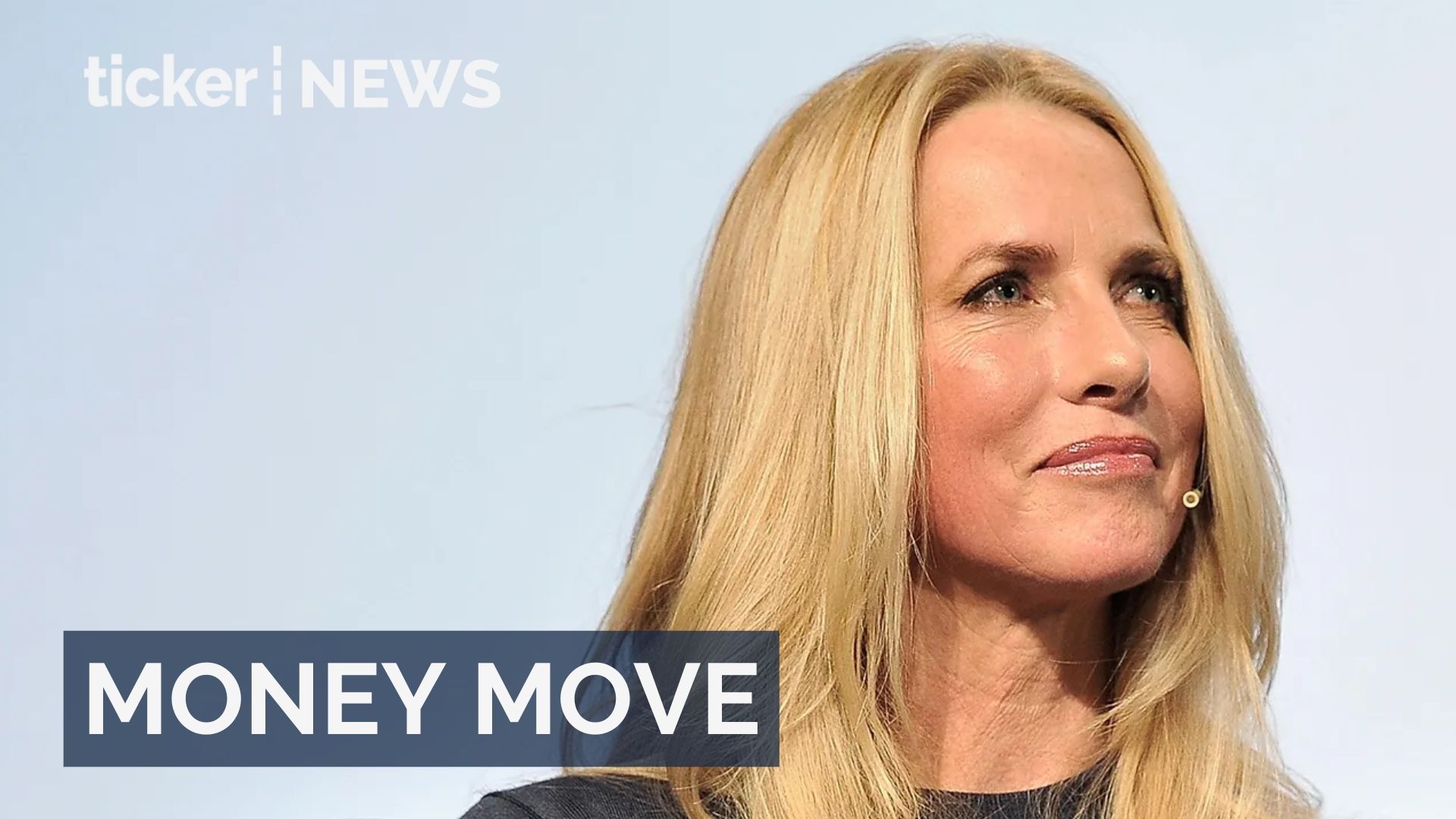The Biden administration is introducing the beta version of its new income-driven student loan repayment plan, called the Saving on a Valuable Education (SAVE) plan.
The plan was devised as an alternative after the Supreme Court rejected President Joe Biden’s student debt forgiveness initiative in June. The SAVE plan represents a significant change in the federal student loan system, aiming to reduce the financial burden for borrowers by lowering their monthly loan payments and overall repayment amounts.
The president’s commitment to improving the student loan system and alleviating student loan debt for American families is a driving force behind the SAVE plan. As federal student loan payments are set to resume in October, borrowers can access the beta website at https://studentaid.gov/idr/ to begin submitting their applications for the program. The enrollment process is expected to be swift, lasting around 10 minutes, and certain sections will be auto-filled with existing government data, including tax returns from the IRS.
One time application
Unlike previous systems, where borrowers had to apply yearly, the SAVE plan only requires a one-time application, making it more user-friendly. The plan allows borrowers to select the most affordable repayment option, and they will receive a confirmation email upon submission. The approval process, which can be tracked online, typically takes a few weeks.
The new plan takes into account income and family size to determine payment amounts, with some borrowers qualifying for payments as low as $0. The income threshold to qualify for $0 payments has been raised to 225% of the federal poverty guidelines, expanding eligibility to more borrowers, estimated to be over a million. Some borrowers could see their payments reduced by half, and after making at least ten years of payments, they may have their remaining debt canceled.
Interest repayments
Unpaid interest will not accrue for borrowers who make their full monthly payments under the SAVE plan. However, implementing the plan comes with a cost to the federal government, estimated to be between $138 billion to $361 billion over a decade, lower than the projected $400 billion for Biden’s initial student loan forgiveness program.
The beta site launch allows the Department of Education to monitor site performance and address any issues before the full website launch in August. Borrowers will need to resume federal student loan payments in October after a three-year pause due to the pandemic.
Despite the setback of the Supreme Court’s rejection of student debt forgiveness, the administration has been taking measures to assist federal student loan borrowers. Recently, the Education Department announced that 804,000 borrowers would have $39 billion of student debt forgiven, owing to more accurate counting of qualified monthly payments under existing income-driven repayment plans.
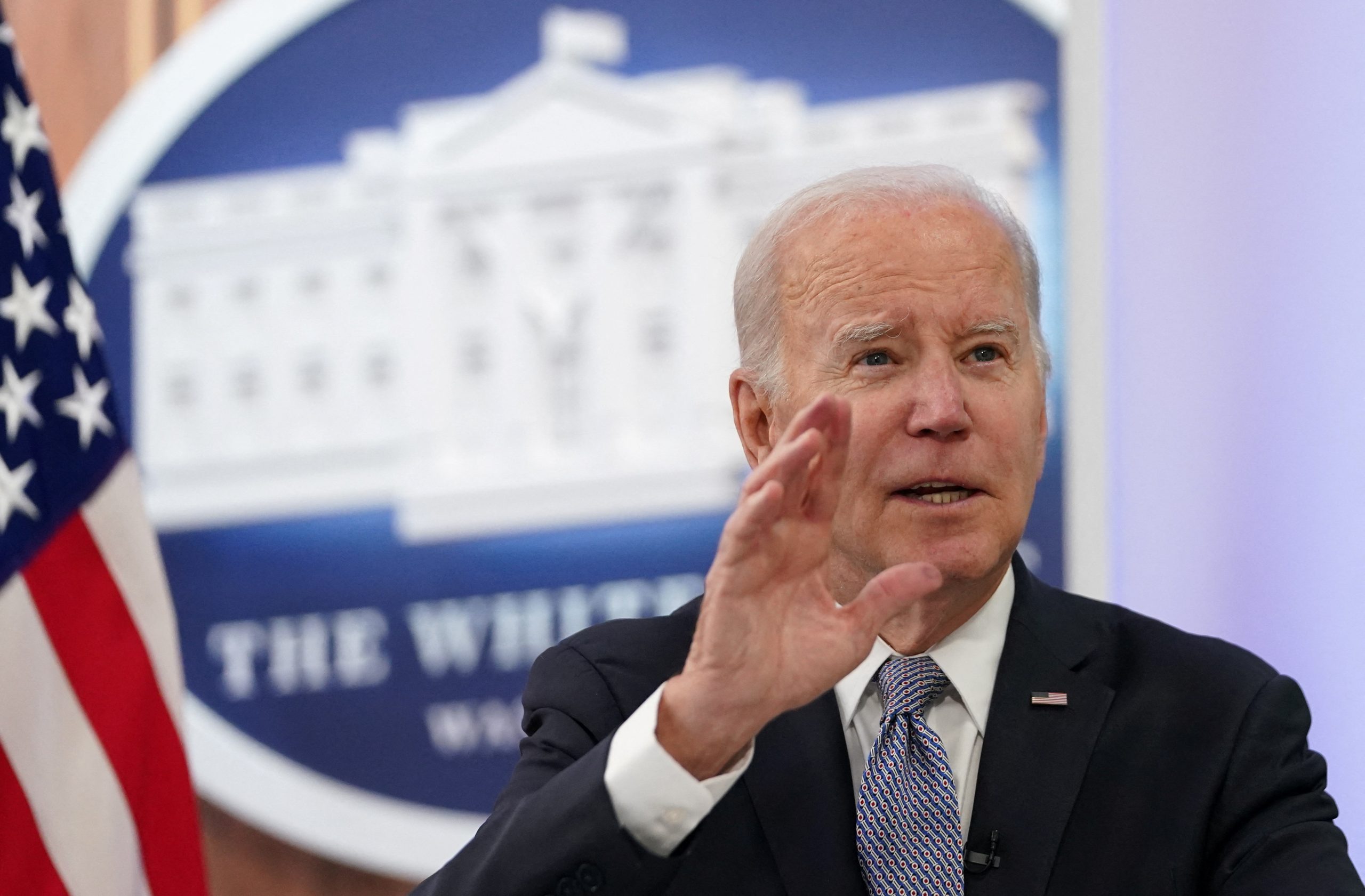



 Property4 days ago
Property4 days ago
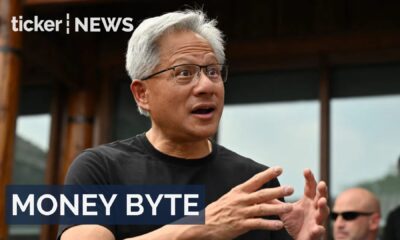

 Tech2 days ago
Tech2 days ago


 Tech5 days ago
Tech5 days ago


 Money4 days ago
Money4 days ago


 News5 days ago
News5 days ago
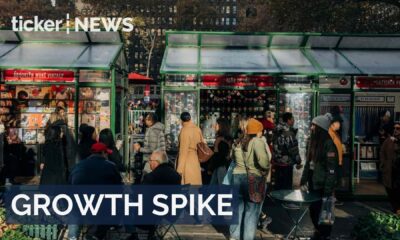

 Money4 days ago
Money4 days ago
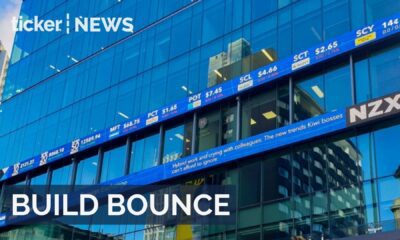

 Money4 days ago
Money4 days ago


 Tech5 days ago
Tech5 days ago


